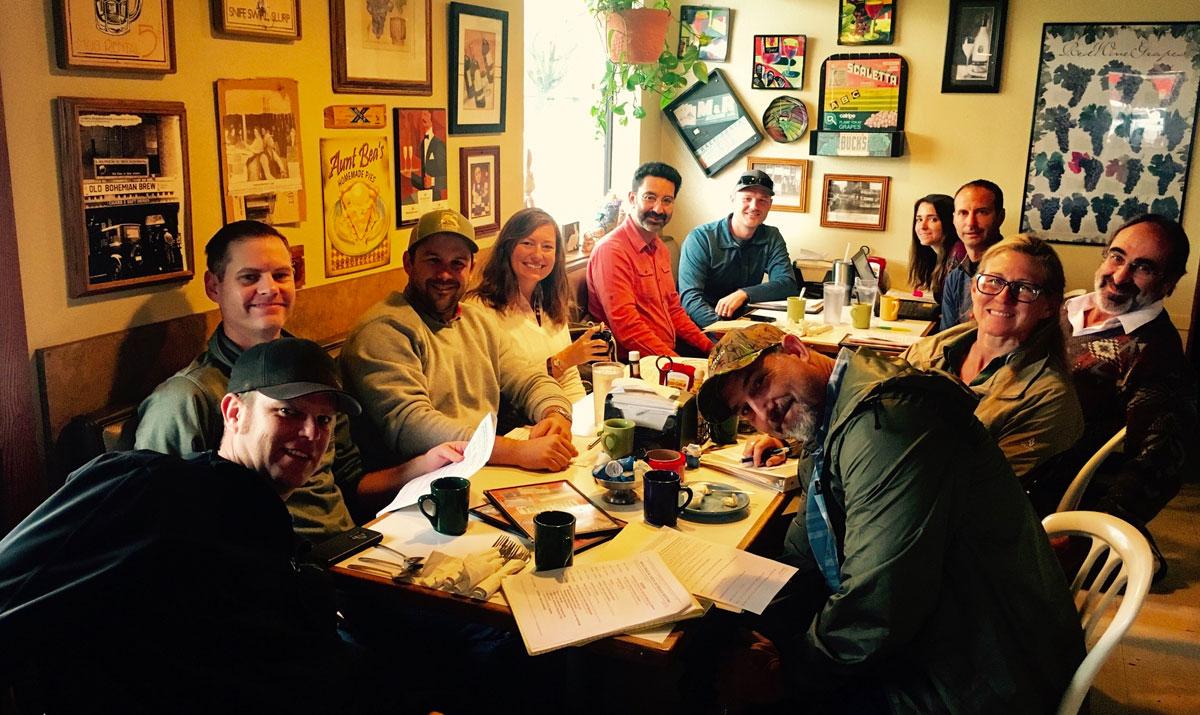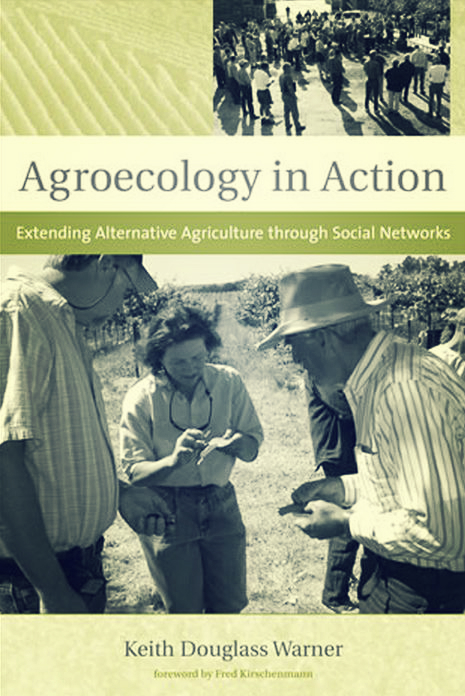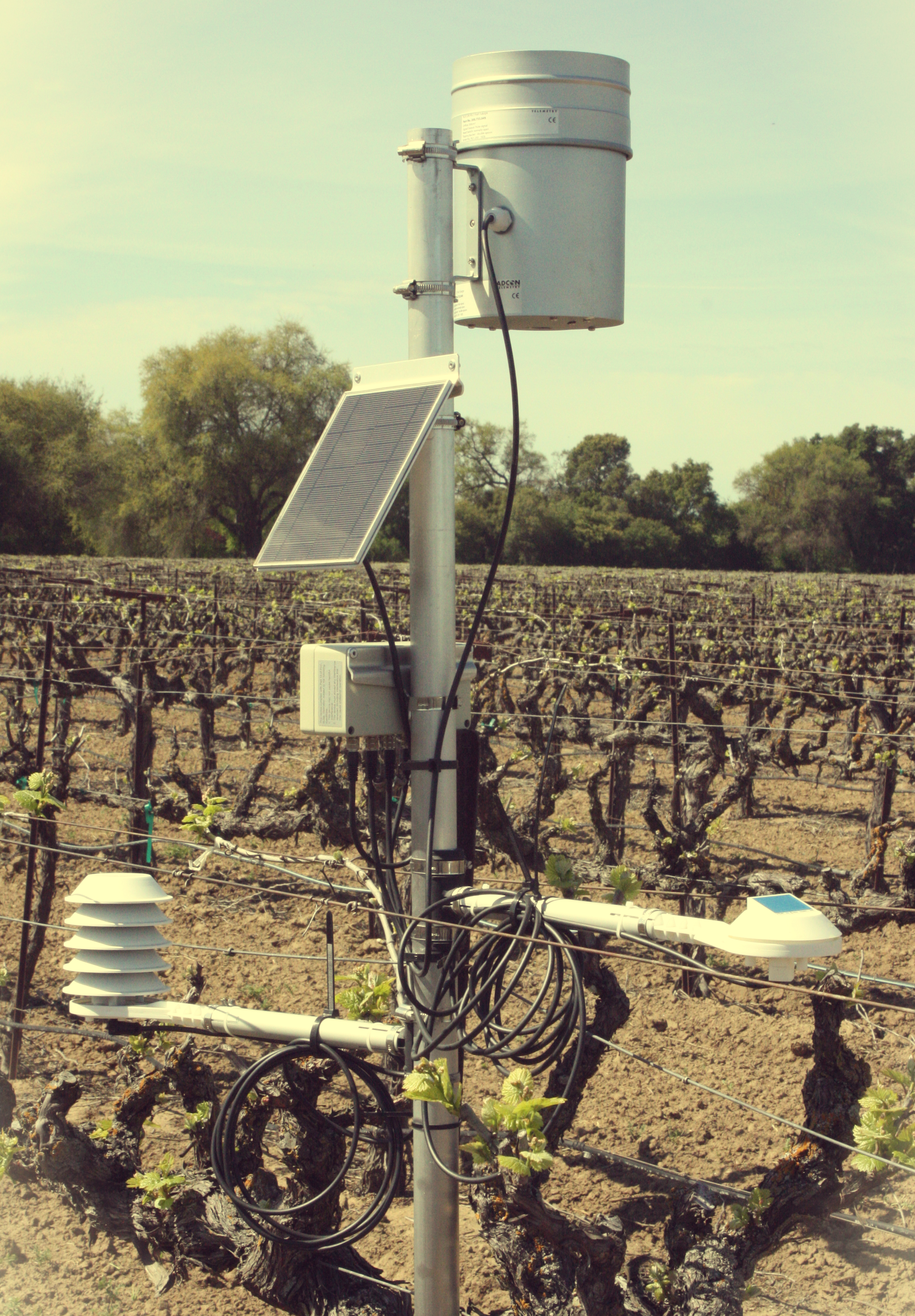
Research Partnerships


Evaluating the effectiveness of Lodi Winegape Commission research and outreach programs – Two decades of measurable success with extending sustainable agriculture
Since it’s establishment in 1991, the Lodi Winegrape Commision has been recognized as a leader in innovative agricultural research and outreach programs.
We are proud to report that our programs have been largely effective at supporting grower learning about sustainable agriculture and grower adoption of sustainability practices. A number of researchers have taken note, and our programs have been extensively evaluated and studied.
This large, and growing, body of research has been key for helping the Commission further refine existing and develop new extension programs. Furthermore, this research has served to advance scientific understanding of extension programs in general and their role in supporting grower learning and practice adoption.
Below we include a bibliography of reports and publications that have included Lodi data in their analyses.
We hope these resources are useful to anyone interested in learning about about Lodi’s extension programs and how our lessons learned might be transferable to other viticulture regions and agriculture more broadly.
Please revisit our list frequently as it continues to grow.
Books
- Agroecology in action: Extending alternative agriculture through social networks. Keith Warner. 2007.
- View from the vineyard: A practical guide to sustainable wine grape growing. Cliff Ohmart. 2011.
Peer-reviewed Academic Journals
- Innovation, cooperation, and the perceived benefits and costs of sustainable agriculture practices. Mark Lubell, Vicken Hillis, Matthew Hoffman. 2011
- Innovative outreach increases adoption of sustainable winegrowing practices in Lodi region. Cliff Ohmart. 2008
- Agro-environmental partnerships facilitate sustainable wine-grape production and assessment. Janet Bromme, Keith Warner. 2008
- The quality of sustainability: Agroecological partnerships and the geographic branding of California winegrapes. Keith Warner. 2007
- Grower participation in partnerships is key to social learning. Keith Warner. 2005
Industry Journals
- Defining sustainable viticulture from the practitioner’s perspective. Mark Lubell, Vicken Hillis, Matthew Hoffman. 2011
Lodi winegrower surveys report of results
- 2011 Lodi winegrape grower survey: Report of results. Matthew Hoffman, Vicken Hillis, Mark Lubell. 2012
- Lodi-Woodbridge Winegrape Commission 2003 and 1998 IPM Program Grower Questionnaires Report of Results. Jeff Dlott, Franklin Dlott. 2005
Research Reports
- Learning pathways in viticulture management. Matthew Hoffman, Mark Lubell, Vicken Hillis. 2011.
- The perceived benefits and costs of sustainability practices in California viticulture. Mark Lubell, Vicken Hillis, Matthew Hoffman 2011
- Winegrower perceptions of sustainability programs in Lodi, California. Vicken Hillis, Mark Lubell, Matthew Hoffman. 2011.
- Effectiveness of sustainability programs in California viticulture. Vicken Hillis, Matthew Hoffman, Mark Lubell. 2011.

Barn owl population dynamics, and their effect on rodent population in a Lodi vineyard
Principal investigator: Mark Browning
Institution: Barn Owl Box Company
Duration: 2010-Present
The barn owl possesses a number of unique traits that combine to create a rodent predator that can contribute to natural rodent control programs and/or integrated pest management programs. These traits include an attraction to nest boxes, an ability to live in close quarters with other barn owls, large production of young, a voracious appetite, and a tolerance for the presence of humans.
The barn owl has been utilized in various types of agriculture in Malaysia, Israel, Southeast Asia, and the United States, particularly in California vineyards
Although there is much anecdotal evidence that barn owls lower rodent numbers in agricultural settings, few studies have been done to measure the actual effect and no study has been conducted that simultaneously measured both barn owl and rodent numbers. This study fills the research gap, and has measured barn owl numbers and pocket gopher activity in Lodi vineyards since 2011.
Key findings:
- Large and dense populations of barn owls can be quickly established through the use of nest box programs (18 breeding pairs fledged 66 young on the 100 acre study area in 2012)
- Over a three year period, a negative correlation between numbers of barn owls and rodents was shown; i.e., as numbers of barn owls increased, pocket gopher activity was shown to decrease.
- The study area began with a count of over 280 pocket gopher mounds at the beginning of 2011; by the beginning of the third year, this number was approximately half; conversely, the control area reached a high of over 280 mounds in the late spring of 2013.
- Pellet analysis has revealed that the barn owls on the study area are consuming approximately 80% pocket gophers and 20% voles.
Reports and publications: Forthcoming

Powdery mildew disease dynamics and IPM decision-making tools with virtual weather networks in Lodi
Principal investigator: Dr. Doug Gubler
Co-Investigators: Dr. Walt Mahaffee, Dr. Len Coop, Brianna McGuire
Institution: UC Davis, Department of Plant Pathology
Duration: 2013-Present
The objectives of this project are as follows: (1) to implement a system of weather monitoring of powdery mildew of grapes using interpolated data from existing commercial, agricultural, and other personal weather stations; (2) to characterize local mesoclimates using this virtual weather network to determine the homogeneity or heterogeneity of powdery mildew risk within and among vineyards in the Lodi area; (3) to follow spray recommendations made by the virtual weather network to determine if this method of calculating risk will reduce sprays while maintaining disease control to the level of grower standard spray schedule; (4) to compare the accuracy of the spray recommendations given by this virtual, interpolated model by installing new AdCon weather stations in each participating vineyard and also spraying according to the real weather stations’ more specific (but possibly microclimate-influenced) spray recommendations; (5) to accompany alterations in spraying schedules with disease rating of leaves and clusters, and early season monitoring of spores to determine the various sources of risk (ascospore vs. conidial infection) for each vineyard to further characterize risk mesoclimates within a given area;
(6) to implement these differential weather monitoring-based spraying regimes in test plots in 10 production vineyards within Sacramento and San Joaquin Counties through grower outreach and cooperation with UCCE and the Lodi Winegrape Commission; (7) to teach interested growers the LAMP assay (if spore thresholds of risk can be established) to detect powdery mildew spores, increasing grower autonomy in the risk assessment of their vineyard. Ultimately, these objectives aim to determine the accuracy of new metrics in quantifying areas of powdery mildew risk and the timing of that risk, with the goal of reducing the number of fungicide spray events as well as maintaining or improving disease control and giving growers and PCAs new benchmarks before initiating spraying.
Key findings:
- In most vineyard research sites, the virtual weather station reliably tracks with in-field weather station. (preliminary)
- In some vineyard research sites, use of the mildew model generated from the virtual weather station has reduced sulfur use by one treatment per season with comparable powdery mildew control. (preliminary)
Reports and publications: Forthcoming
